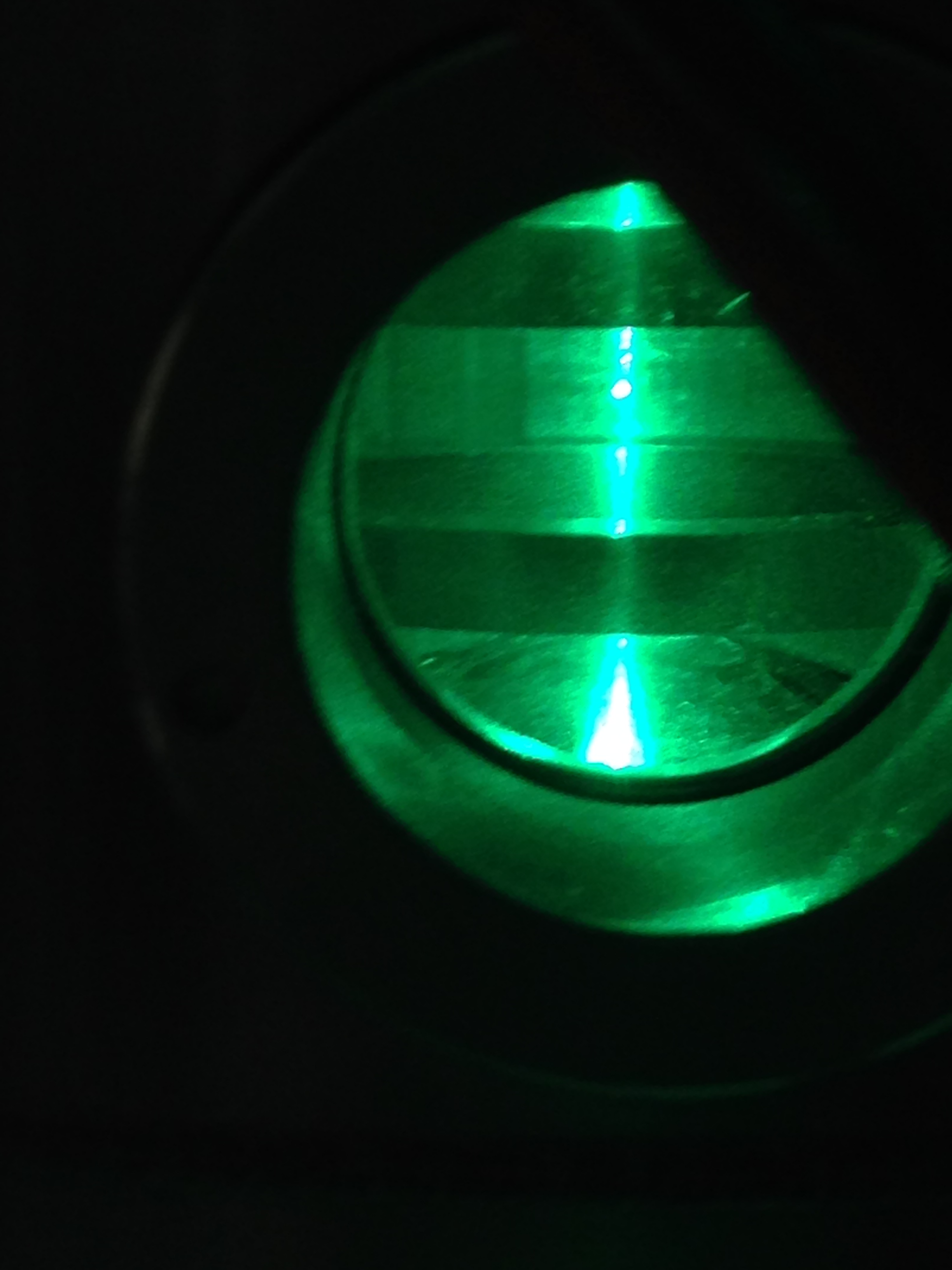Reports: UNI654592-UNI6: A Physicochemical Exploration of the Diffusion of Small Molecules in Glassy and Highly-Viscous Materials
Andrew J. Huisman, PhD, Union College
During the period July 2014 – Aug 2015 I initially
planned to finish building my instrument and begin taking scientifically useful
data.












